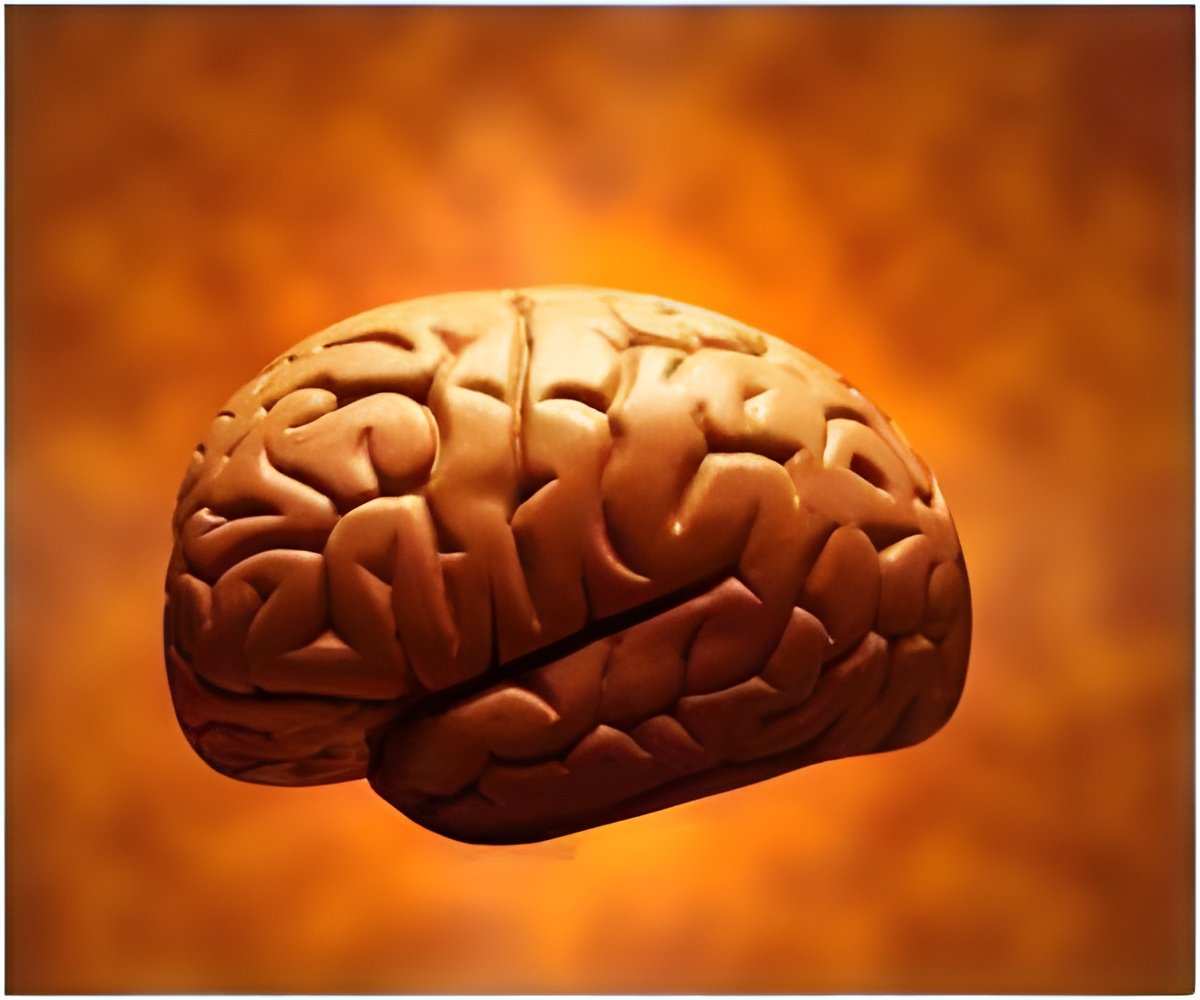
The details of their work are scheduled for publication online in the journal Nature on April 17.
"For the first time, we believe we have evidence that before a rat returns to an important place, it actually plans out its path," says David Foster, Ph.D., assistant professor of neuroscience at the Johns Hopkins University School of Medicine. "The rat finds that location in its mind's eye and knows how to get there."
Foster and his team found that, at least for the purposes of navigation, the "mind's eye" is located in the hippocampus, which is composed of two banana-shaped segments under the cerebral cortex on both sides of the brain. It is best known for creating memories. In people with Alzheimer's, it is one of the first parts of the brain to sustain damage.
The Foster lab experiments focused on a group of neurons in the hippocampus called place cells because they are known to fire when animals are at a given location within a given environment. What was not known, Foster says, was how and when the brain uses that information.
By miniaturizing an existing technology, Foster and a postdoc in his lab, Brad Pfeiffer, Ph.D., were able to implant 20 microwires into each side of the hippocampus of four rats. The tiny wires let them record electrical activity from as many as 250 individual place cells at the same time, more than ever achieved before.
Advertisement
The rats' navigation tests involved as many as 40 sets of alternating "odd" and "even" trials per day. The odd trials required the rats to "forage" through the arena to find a chocolate-filled dish in a random location; the even trials required the rats to return each time to a "home" dish to receive their reward. While the rats fulfilled their tasks, the researchers recorded the firing of their place cells.
Advertisement
When a rat is about to go to a specific location, e.g., "home," place cells in its hippocampus fire in a sequence that creates a predictive path, which the rat then follows, somewhat like Hansel and Gretel following an imagined bread crumb trail.
Foster says that "unlike a Hansel and Gretel bread crumb trail, which only allows you to leave by the same route by which you entered, the rats' memories of their surroundings are flexible and can be reconstructed in a way that allows them to 'picture' how to quickly get from point A to point B." In order to do this, he says, the rats must already be familiar with the "terrain" between point A and point B, but, like a GPS, they don't have to have previously started at point A with the goal of reaching point B.
Foster says the elderly can get lost easily, and research on aged mice shows that their place cells can fail to distinguish between different environments. His team's research suggests that defective place cells would also affect a person's ability to "look ahead" in their imaginations to predict a way home. Similarly, he says, higher-order brain functions, like problem solving, also require people to "look ahead" and imagine themselves in a different scenario.
"The hippocampus seems to be directing the movement of the rats, making decisions for them in real time," says Foster. "Our model allows us to see this happening in a way that's not been possible before. Our next question is, what will these place cells do when we put obstacles in the rats' paths?"
Source-Eurekalert












